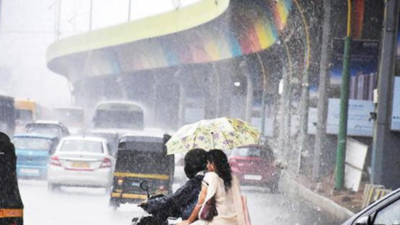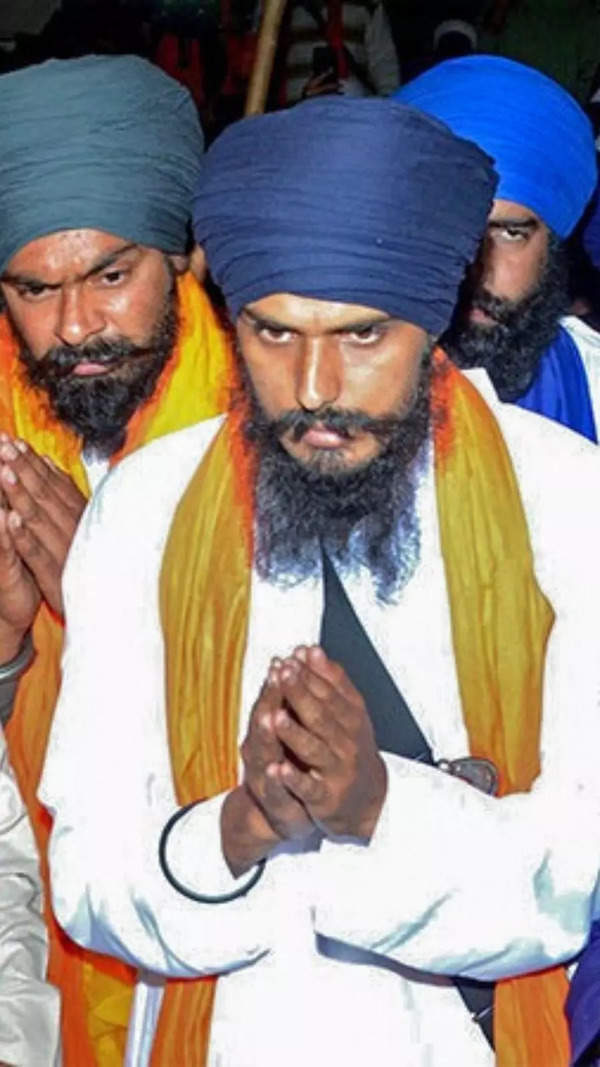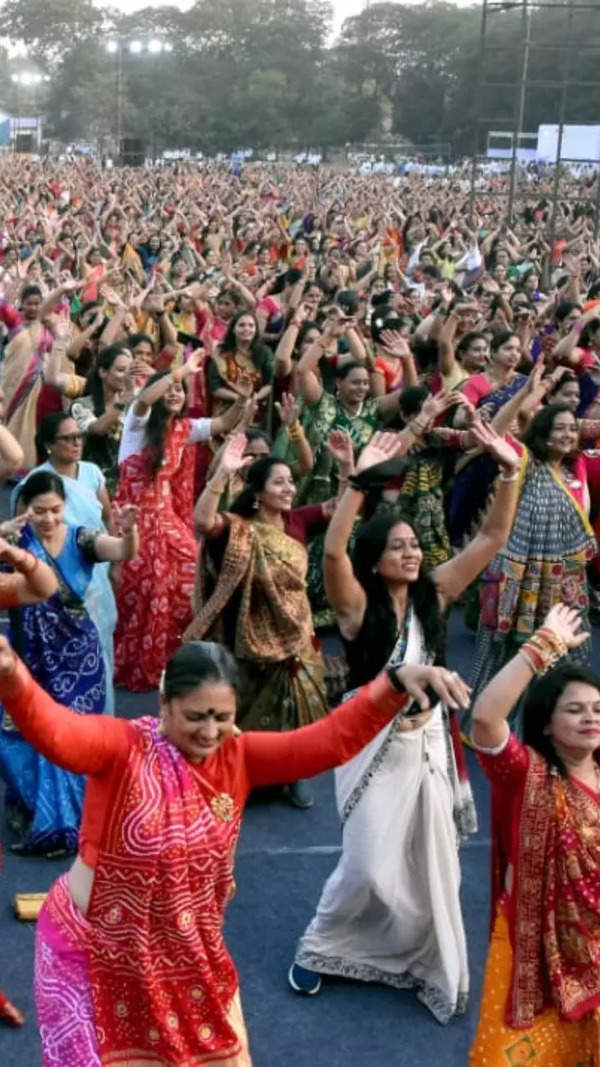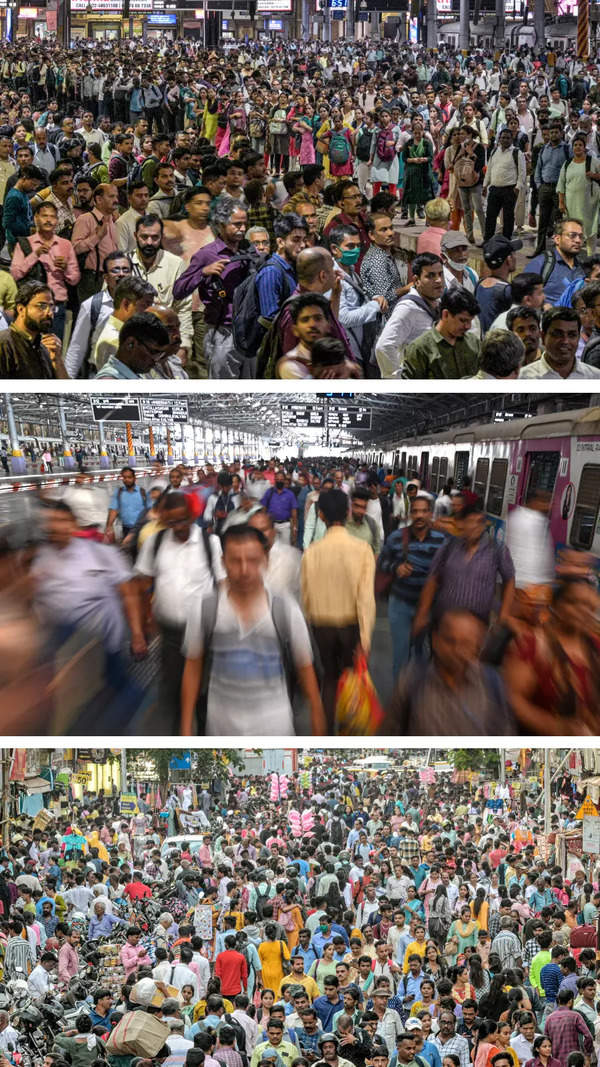- News
- City News
- mumbai News
- Nights to be cooler across Maharashtra in May: Weather department
Trending Topics
Nights to be cooler across Maharashtra in May: Weather department

There are also chances of more thundershowers in several parts of Maharashtra
Relatively cooler summer is likely to continue for most of Maharashtra, the IMD's May temperature outlook has forecast.
Though parts of Konkan and Vidarbha may continue to feel the heat during the day, most parts of Maharashtra could witness cooler nights starting next month.
As per the India Meteorological Department (IMD) outlook, most parts of western Maharashtra, including Konkan and some eastern parts of the state, have higher probability of experiencing above-normal day temperatures during May. In the rest of the areas, including parts of Madhya Maharashtra, there is an equal chance of the day temperatures falling in any of the three categories - below-normal, normal or above-normal, as per the white colour depicted on the tercile probability maximum temperature forecast map in the outlook.
In the outlook, the IMD uses tercile categories to indicate the probability of the kind of maximum temperature likely in a particular region during a month. If the IMD's tercile probability maximum forecast map shows white colour for a region during a month, it means that there is an equal chance of the average monthly maximum temperature being in any of the three categories.
"The duration of the heatwave in parts of Maharashtra is also likely to be below normal. This indicates that the state could experience a relatively lower number of heatwave days during May. In terms of rainfall, there are higher chances of more thundershowers in several parts of Maharashtra, barring some areas of Vidarbha and Marathwada in the next month. Overall, it could be a relatively cooler May for most of the state," an IMD official told TOI.Since several parts of the state are likely to witness higher-than-normal rainfall and thunder activity during the month, it would also help bring down temperatures.
"Thundershowers during the afternoon or evening time tend to cause relatively clearer skies in the night. This helps keep night temperatures lower. Conversely, cloudy night skies prevent the direct escape of the warm long wave radiation from the earth into the atmosphere. This causes the minimum time temperatures to increase. Clearer night skies meanwhile keep minimums lower," the official added.
Though parts of Konkan and Vidarbha may continue to feel the heat during the day, most parts of Maharashtra could witness cooler nights starting next month.
As per the India Meteorological Department (IMD) outlook, most parts of western Maharashtra, including Konkan and some eastern parts of the state, have higher probability of experiencing above-normal day temperatures during May. In the rest of the areas, including parts of Madhya Maharashtra, there is an equal chance of the day temperatures falling in any of the three categories - below-normal, normal or above-normal, as per the white colour depicted on the tercile probability maximum temperature forecast map in the outlook.
In the outlook, the IMD uses tercile categories to indicate the probability of the kind of maximum temperature likely in a particular region during a month. If the IMD's tercile probability maximum forecast map shows white colour for a region during a month, it means that there is an equal chance of the average monthly maximum temperature being in any of the three categories.
"The duration of the heatwave in parts of Maharashtra is also likely to be below normal. This indicates that the state could experience a relatively lower number of heatwave days during May. In terms of rainfall, there are higher chances of more thundershowers in several parts of Maharashtra, barring some areas of Vidarbha and Marathwada in the next month. Overall, it could be a relatively cooler May for most of the state," an IMD official told TOI.Since several parts of the state are likely to witness higher-than-normal rainfall and thunder activity during the month, it would also help bring down temperatures.
"Thundershowers during the afternoon or evening time tend to cause relatively clearer skies in the night. This helps keep night temperatures lower. Conversely, cloudy night skies prevent the direct escape of the warm long wave radiation from the earth into the atmosphere. This causes the minimum time temperatures to increase. Clearer night skies meanwhile keep minimums lower," the official added.

About the Author
Neha MadaanNeha Madaan is a senior feature writer at The Times of India, Pune. She holds an M A degree in Mass Communication and Journalism from University of Pune. She covers tourism, heritage development and its conservation, apart from an array of subjects such as civic issues, environment, astronomy, civic school education as well as social issues concerning persons with disabilities. Her interests include metaphysical research and animal rights.
Start a Conversation
FOLLOW US ON SOCIAL MEDIA
FacebookTwitterInstagramKOO APPYOUTUBE










